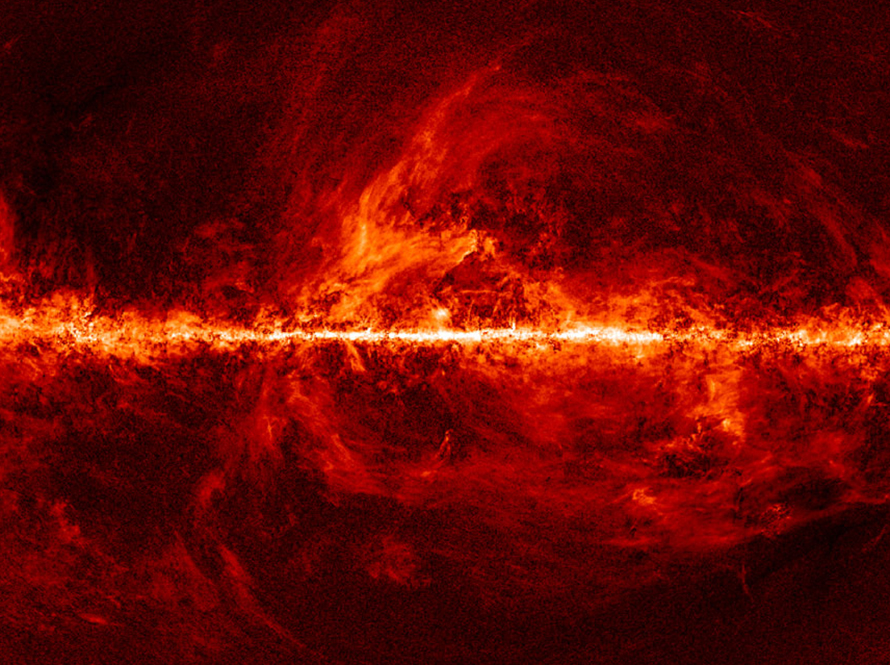
CMB-S4 is the next-generation ground-based cosmic microwave background experiment. With 21 telescopes at the South Pole and in the Chilean Atacama desert surveying the sky with over 500,000 cryogenically-cooled superconducting detectors for 7 years, CMB-S4 will deliver transformative discoveries in fundamental physics, cosmology, astrophysics, and astronomy.
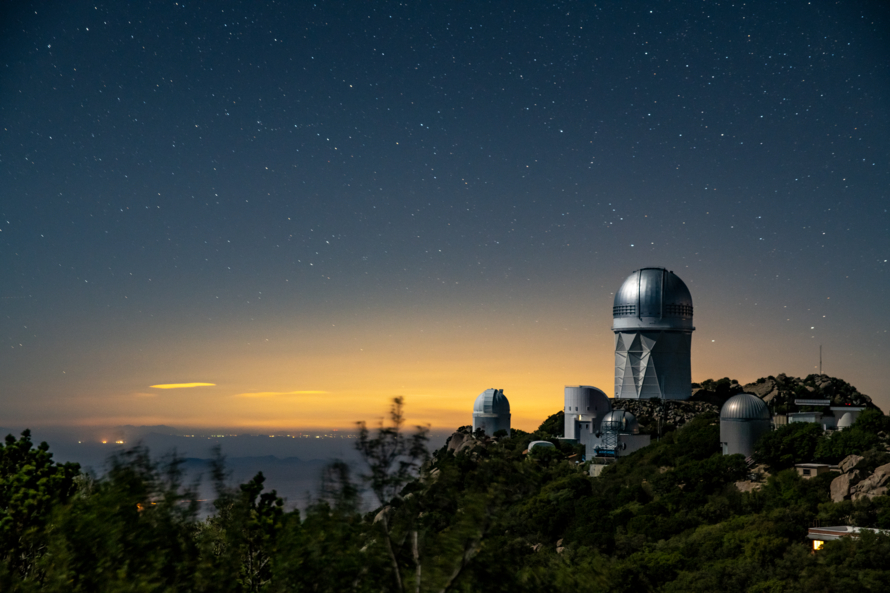
The Dark Energy Spectroscopic Instrument (DESI) will measure the effect of dark energy on the expansion of the universe. It will obtain optical spectra for tens of millions of galaxies and quasars, constructing a 3D map spanning the nearby universe to 11 billion light years.
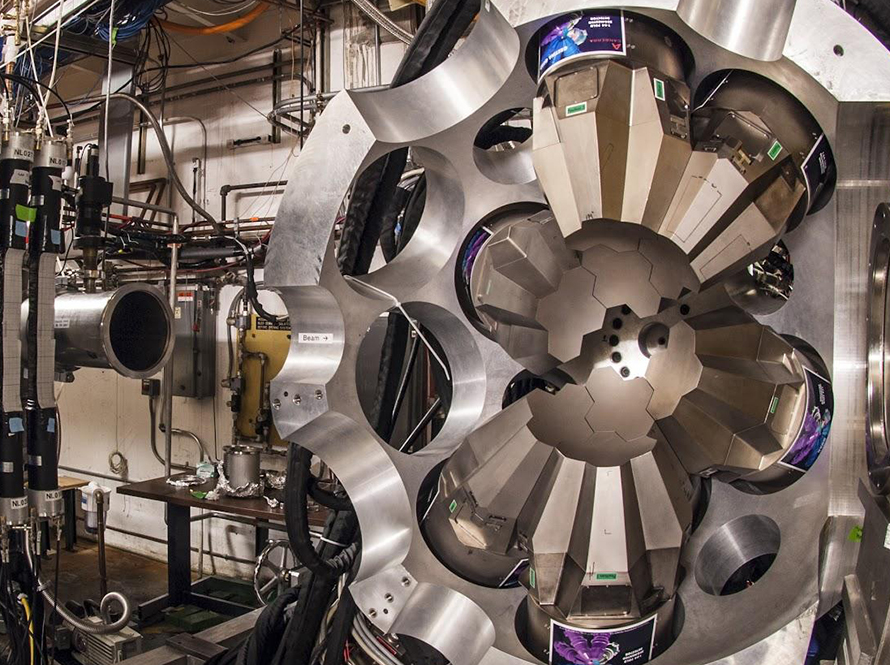
GRETA expands the existing GRETINA array to subtend the full 4π coverage of γ-ray tracking detectors. The project scope covers the procurement of 18 Quad Detector Modules, as well as the design, assembly, integration, and testing of the Electronics, Computing, and Mechanical Systems to support all 30 Quad Modules. The 12 GRETINA Quad Detector Modules are integrated for a total of 30 Quad Detector Modules that cover 4π.
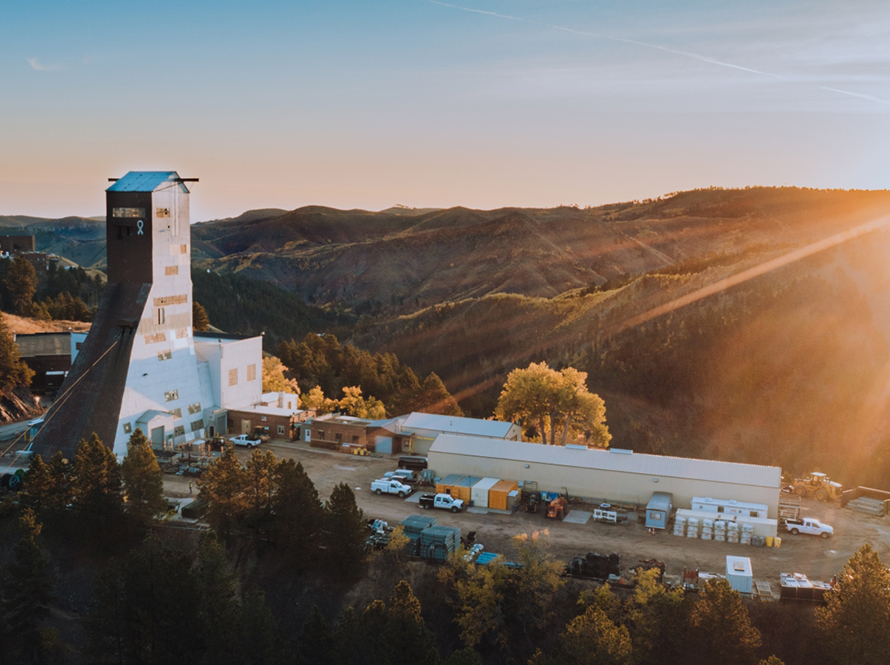
LUX-ZEPLIN (LZ) is a next generation dark matter experiment, selected by the US Department of Energy (DOE) as one of the three ‘G2’ (for Generation 2) dark matter experiments. Located at the 4850′ level of the Sanford Underground Research Facility in Lead, SD, the experiment utilizes a two-phase time projection chamber (TPC), containing seven active tonnes of liquid xenon, to search for dark matter particles.
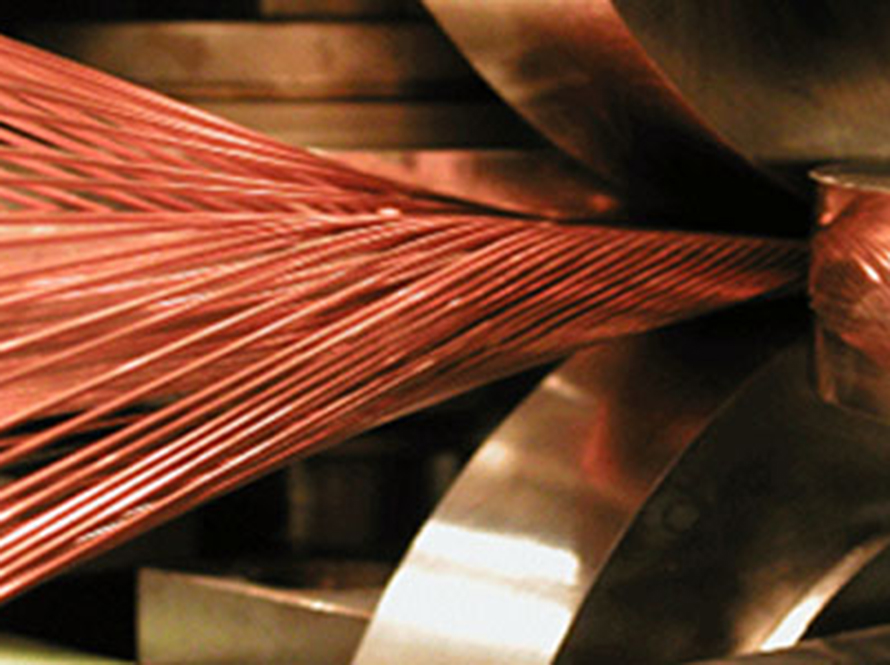
The U.S. Magnet Development Program aggressively pursues the development of superconducting accelerator magnets that operate as closely as possible to the fundamental limits of superconducting materials and at the same time minimize or eliminate magnet “training” — the need to break in a magnet in a series of steps to achieve its design field strength.
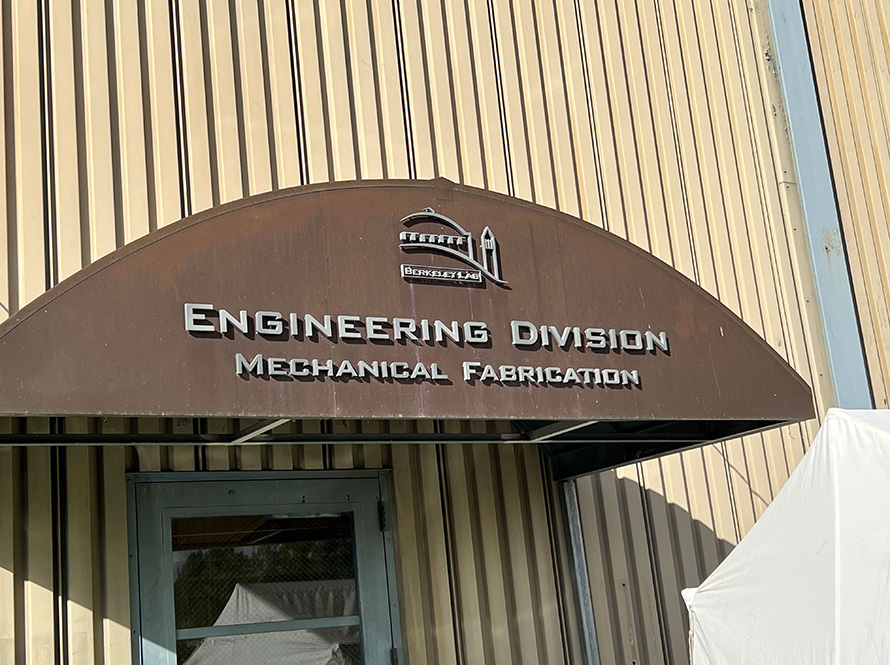
Berkeley Lab Engineering encompasses a broad range of unique expertise areas, collaborating across a global community of multi-disciplinary researchers to develop instrumentation solutions and technical approaches that address critical scientific problems. Projects include the design and development of innovative semiconductor detectors, custom integrated circuits, mechanical systems, composite technologies, and complex fabrications, among others.
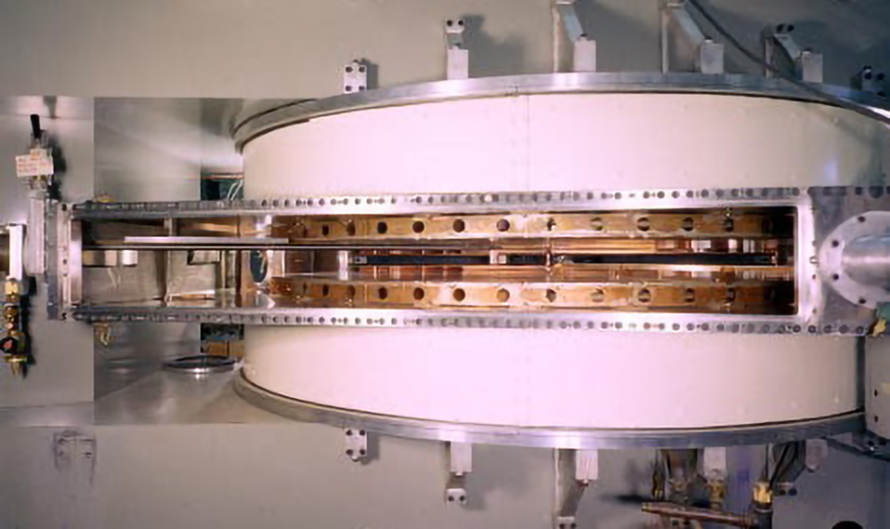
Part of the Nuclear Science Division, the 88-Inch Cyclotron supports ongoing research programs in nuclear structure, astrophysics, heavy element studies, and technology R&D by Lawrence Berkeley National Laboratory (Berkeley Lab) and UC Berkeley. Major instrumentation at the 88-Inch Cyclotron include the Berkeley Gas-filled Separator (BGS), and the superconducting VENUS ion source, one of the most powerful Electron Cyclotron Resonance (ECR) ion sources in the world.
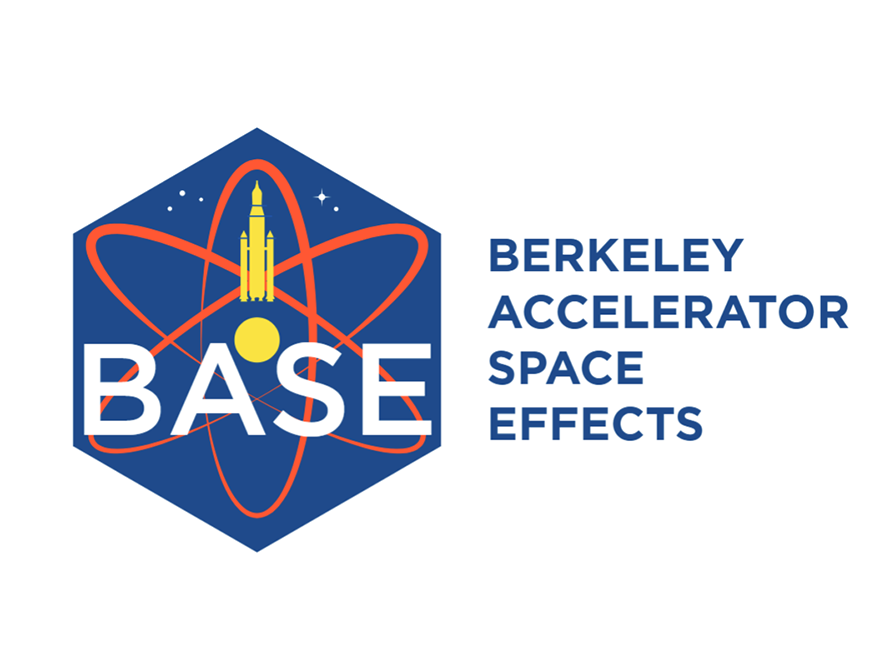
The BASE Facility operates in conjunction with the 88-Inch Cyclotron at Lawrence Berkeley National Laboratory to provide beams of heavy ions, protons, and neutrons for radiation effects testing. The very first single event effects (SEE) tests in the world were conducted here by The Aerospace Corporation in 1979, and we continue to be at the forefront of radiation effects testing to this day.
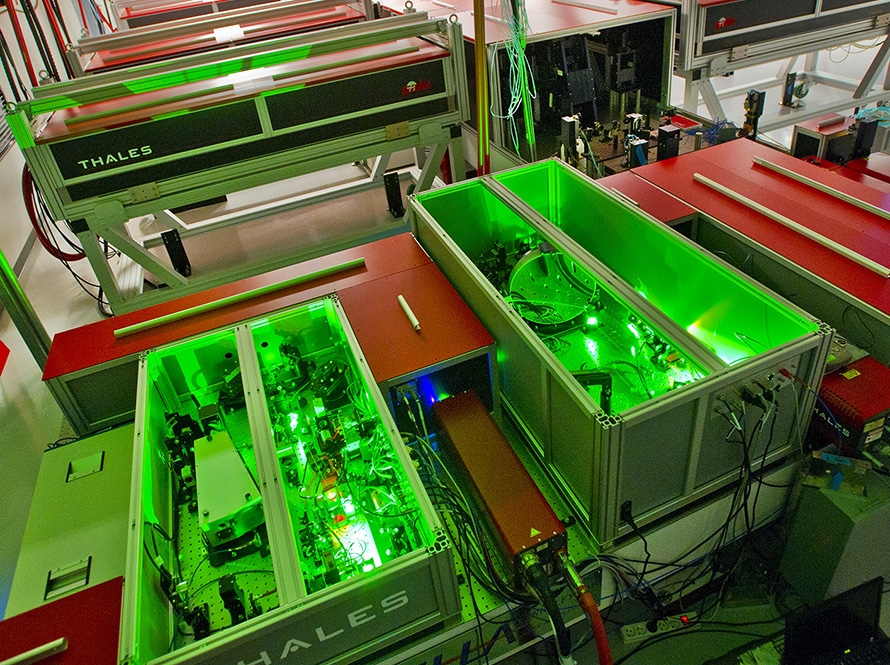
The Berkeley Lab Laser Accelerator (BELLA) Center focuses on the development and application of laser-plasma accelerators (LPAs). LPAs produce ultrahigh accelerating fields (1-100 GV/m) and may provide a compact technology for a variety of applications that include accelerators for high energy physics and drivers for high energy photon sources.